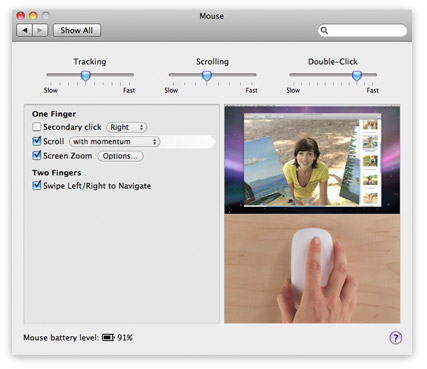
It almost seems like there are as many pointing device preferences as there are users. Other users prefer the sense of momentum you get from a high-quality scroll wheel, and while the Magic Mouse can scroll both horizontally and vertically, a number of creatives prefer to do that using a trackball. Some love being able to customize a large number of mouse buttons to perform common functions, and one mouse even allows you to customize those buttons on an app-by-app basis. After I became so sold on using gestures on a Magic Mouse, I switched to a Magic Trackpad where I could use them even more. In fact, I prefer a different pointing device myself. That’s a lot of functionality from a mouse with no buttons or wheels and shows the versatility of macOS’s gestures.ĭespite all of that, these mice don’t make everyone happy. You can double-tap to zoom in and out, swipe horizontally with two fingers to switch between Spaces and full-screen apps, and lightly double-tap with two fingers to open Mission Control. You can also slide your finger from left to right (or vice versa), and the mouse will scroll horizontally or turn pages, depending on which app you’re in. You move your finger as if you’re rotating a scroll wheel, and the mouse will scroll the page you’re on. You tap the left or right side of that surface as if there were buttons there, and the mouse will respond as if you pressed a button. Instead, it features a mini touchpad where those controls normally are. There’s not a single button or scroll wheel to be seen, and some people miss that. What’s so different? In typical Apple fashion, it’s incredibly minimalistic. Why doesn’t everyone love the Magic Mouse? The features that make some people-including myself-absolutely love Apple’s mouse, also leave some people cold or even annoyed.

What’s So Different About the Magic Mouse? Protect Your Tendons: Logitech MX Vertical Scroll with a Trackball: Logitech MX Ergo Maximize Your Portability: Logitech MX Anywhere 2S Customize Your Buttons: Logitech MX Master 3



 0 kommentar(er)
0 kommentar(er)
